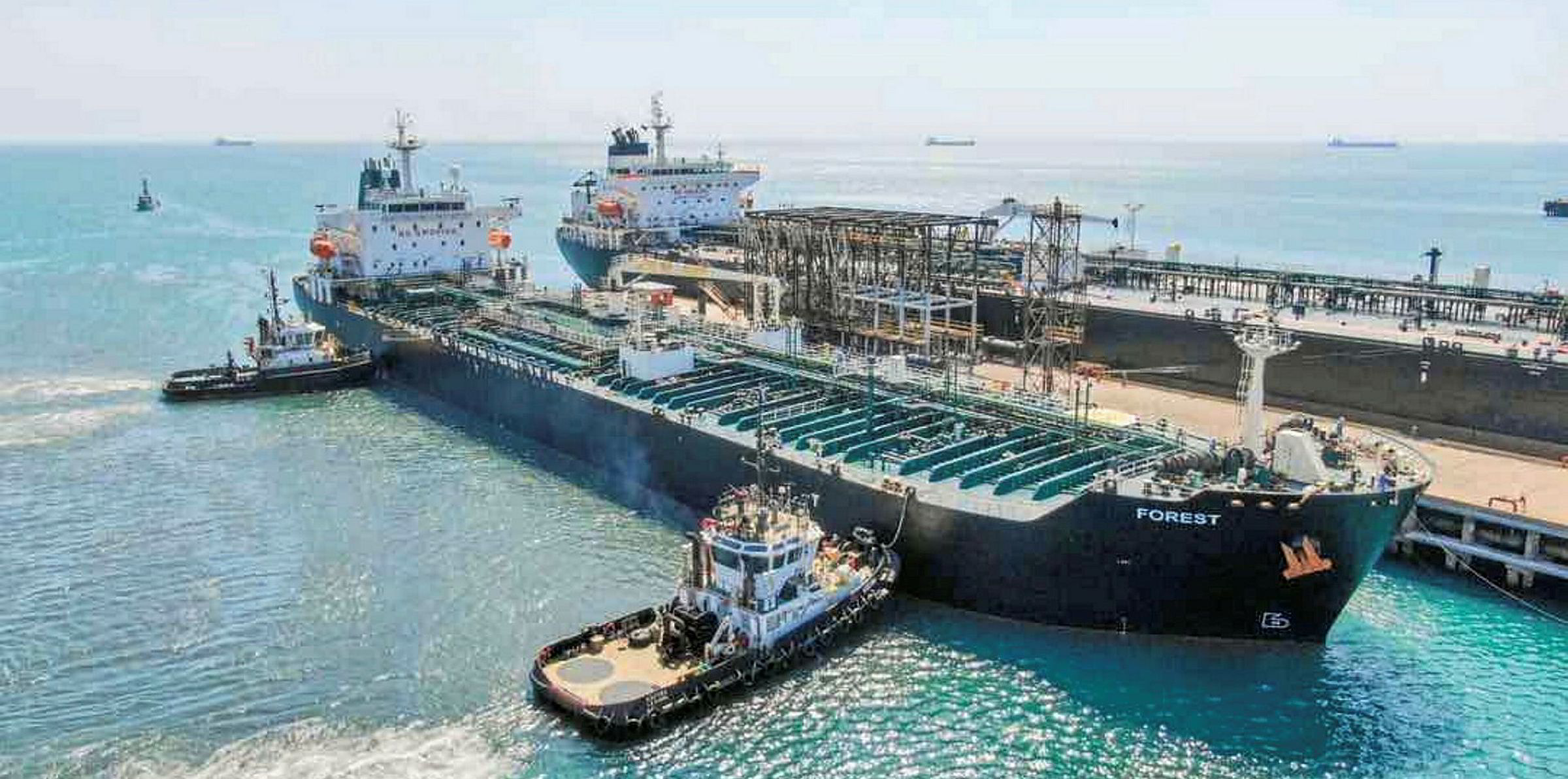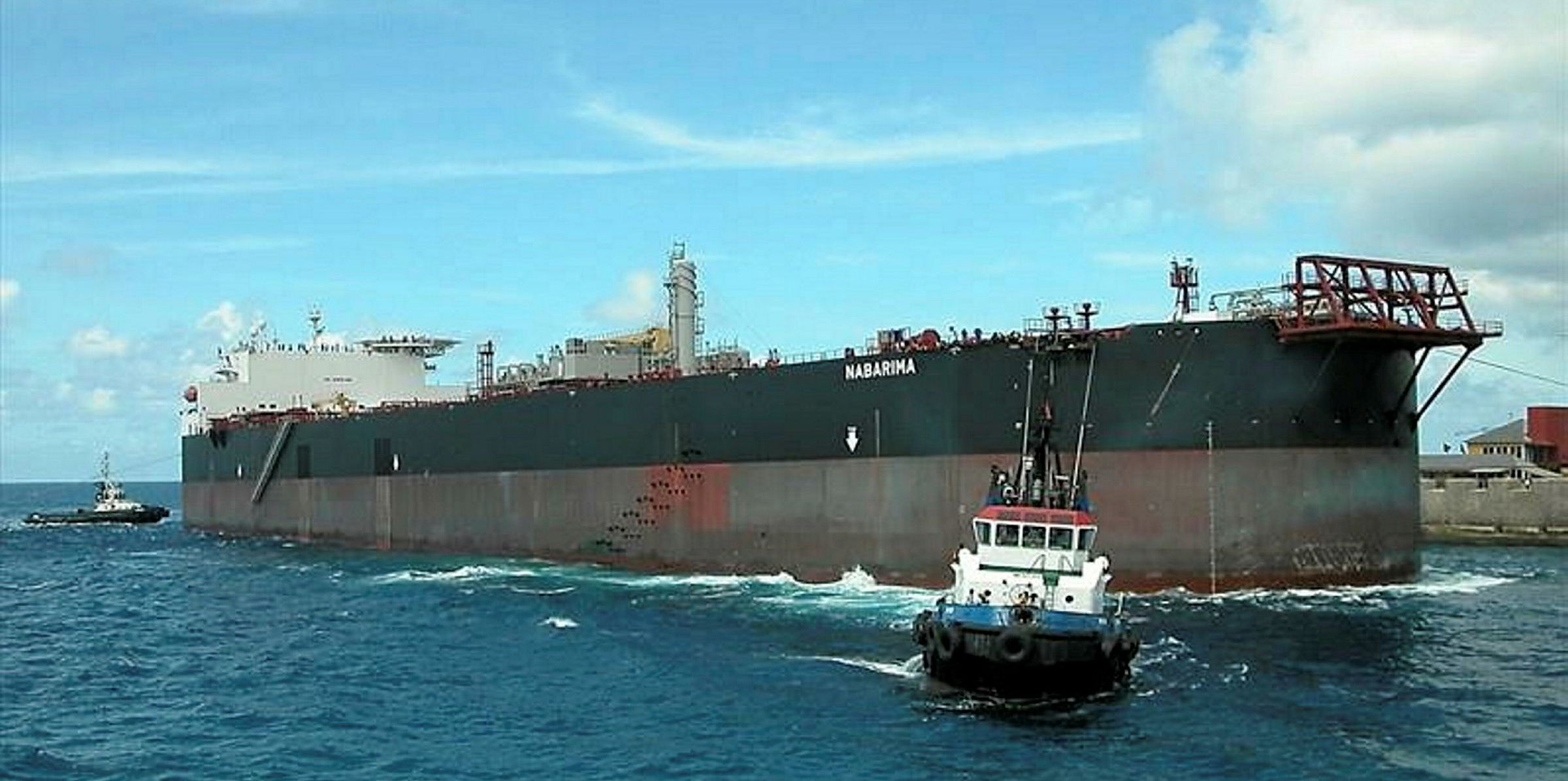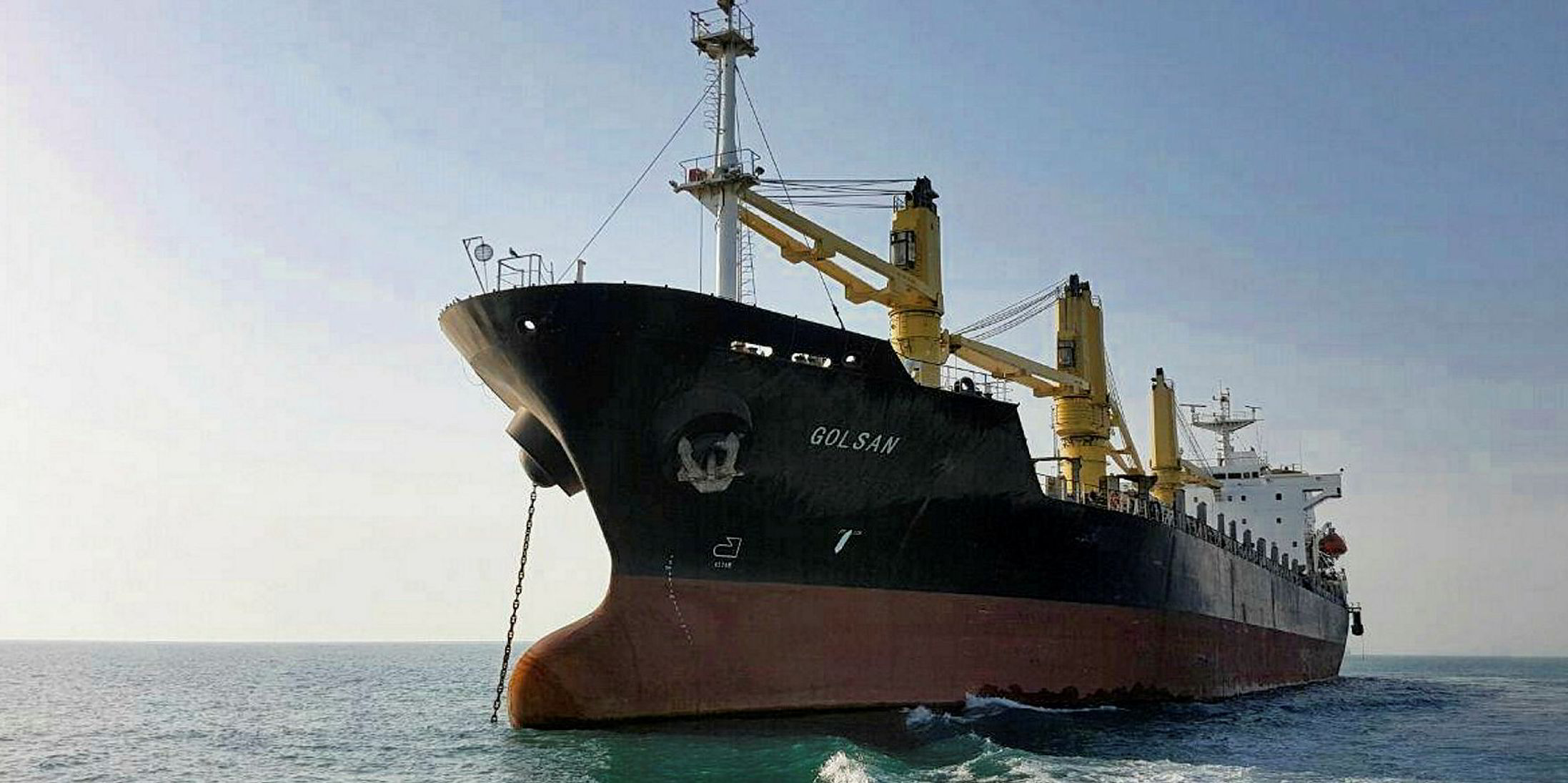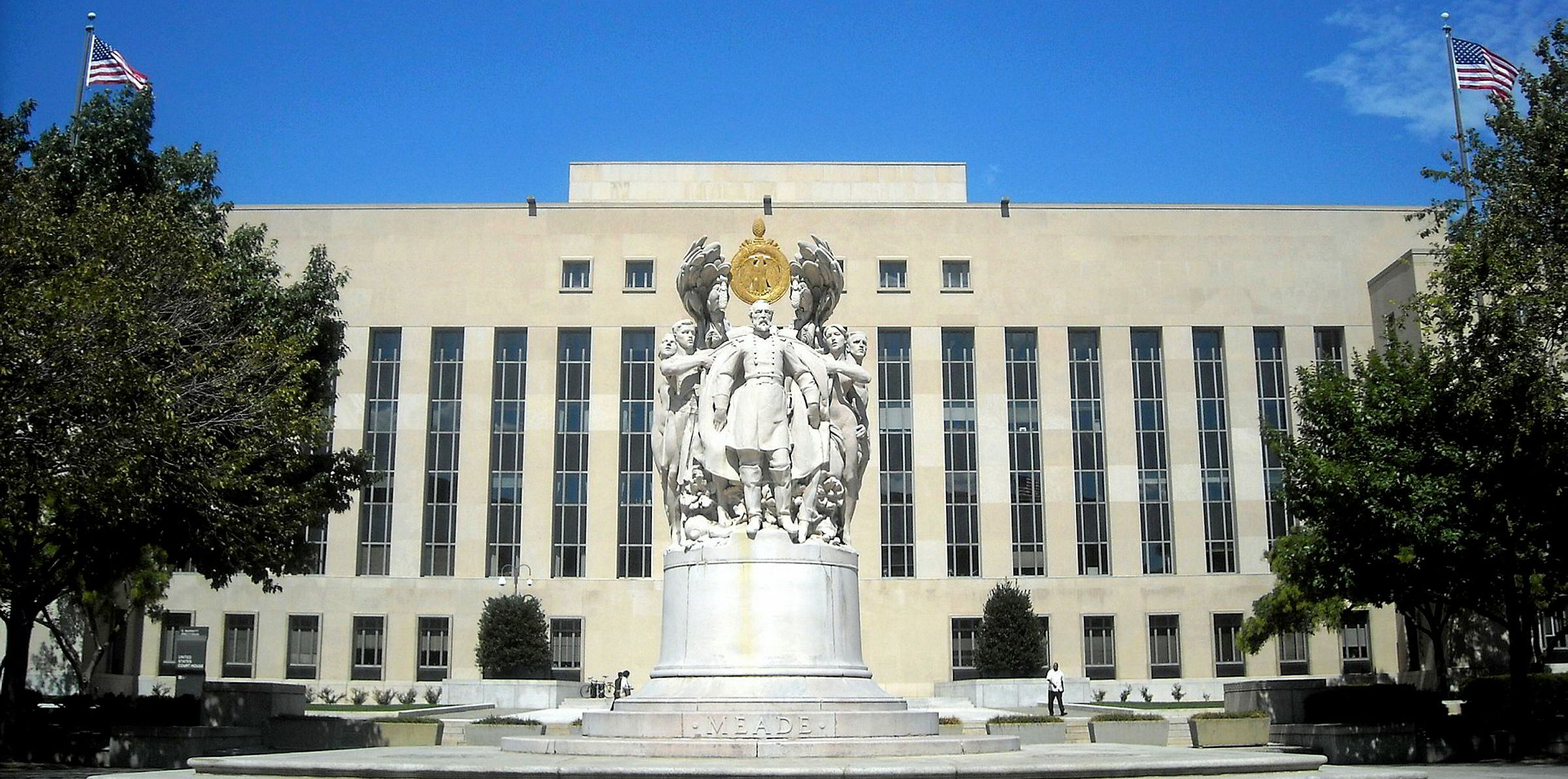Petroleos de Venezuela SA (PDVSA) needs to enlarge its tanker fleet to increase direct shipments to its customers — but any expansion plan will have little chance of success, according to Alphatanker.
With Washington ramping up pressure on foreign shipowners involved in Venezuelan tanker trading, the state oil firm has reportedly offered to deliver its crude directly to the ports nominated by interested buyers.
This has prompted speculation that PDVSA is looking to increase its crude shipping capacity, with old VLCCs being its most likely targets, according to Alphatanker.
“Their recent customer profile … by and large is Asian and thus VLCCs would offer improved economies of scale,” the analysis unit of AXSMarine said in a weekly note.
“The premise that they would look towards older tankers is based on their severe cash constraints.”
As the US has imposed sanctions on Venezuela’s oil sector to drive out President Nicolas Maduro, Alphatanker said private owners would likely be prohibited from selling or chartering tonnage to PDVSA.
On the other hand, the South American country has strengthened business ties with Iran, also hit by US sanctions due to its nuclear programme.
Alphatanker data suggests that National Iranian Tanker Co (NITC) has 34 VLCCs and eight suezmaxes, including 12 VLCCs aged 15 years or above that could be candidates for sale.
But most of the NITC fleet has already been used to deliver Iranian crude or for storage, Alphatanker added.
“Maybe the only option would be for PDVSA to buy or charter older Iranian tonnage, although even this seems far-fetched,” the note said.
Operations in chaos
Industry databases show PDVSA still controls more than 20 tankers of various sizes, but most of the ships are idled in Venezuelan waters.
The fleet is believed to be generally lacking insurance, maintenance and classification. Aside from US sanctions curbing its business activity, PDVSA has struggled to make payments on time due to the social-economic woes in Venezuela.
The company previously owned four VLCCs via its Singapore-incorporated joint venture with PetroChina, CV Shipping, but the Chinese partner has taken over three of them.
The fourth one — the 320,800-dwt Maksim Gorky (built 2013) — is now directly owned by the Venezuelan government. The vessel has been in Venezuelan waters since late 2018, according to vessel-tracking data.
PDVSA also has 18 aframax and three panamax tankers, five of which regularly ship oil to Cuba, Alphatanker said.
Since the US started to sanction PDVSA in January last year, Venezuela’s crude exports have been on a slippery slope.
Kpler data suggests the Opec member exported 341,000 barrels per day (bpd) last month, compared with 953,000 bpd in December.
“It seems that PDVSA will likely be thwarted in their attempts to increase their fleet. In turn, this will see crude production and exports slump lower,” Alphatanker said.







